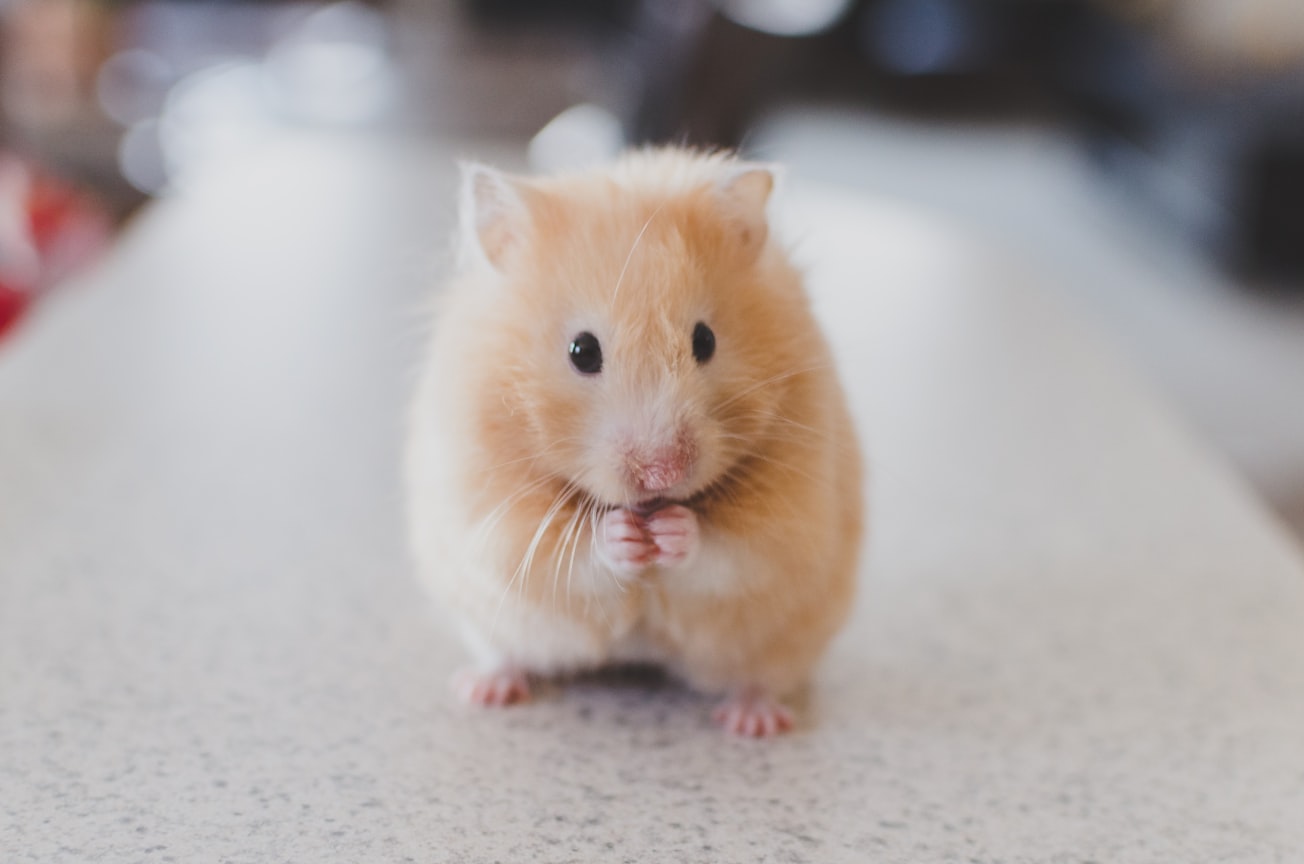What is it about?
In many so-called animal-free cell and tissue culture experiments (in vitro) there are some hidden animal-derived ingredients present but the scientists are often not aware of their presence. This publication launched an awareness campaign to strive for fully animal-free experiments of high quality and reproducible by many experimental researchers around the world. These in vitro experiments are mostly using cells, tissues or parts of cells in either very simple or very complex experimental set-ups that help to understand how for instance we can protect ourselves from pathogens or chemicals entering our body cells and what the body does with these external invaders. This video we made when sending out our survey so 551 people from 52 countries could reply: https://youtu.be/9f0LGSdfL_4
Featured Image

Photo by Ricky Kharawala on Unsplash
Why is it important?
This survey gives lots of information to increase awareness on this topic and increase the quality of in vitro cell and tissue work. Non-animal ingredients for laboratory experiments with cells and tissues are becoming increasing available and their use is encouraged by the EU Animal Welfare Directive 2010/63 and a globally accepted guidance document called GOOD IN VITRO METHOD PRACTICES issued by the Organization for Economic Cooperation and Development (OECD) to continuously increase the availability of new technologies for better quality and relevant scientific discoveries to contribute to One Health: Health of People, Animals, Planet and the generations to come.
Perspectives
For 30 years we are trying to increase awareness on the high value of in vitro experiments to give better answers to many of the life science questions that can help to have Equity and One Health for People, Animals and Planet and laboratory methods that target also the most vulnerable groups of society. We need a global community effort embracing the best science for an inclusive world driven by equity for all. Non-animal in vitro cell and tissue culture methods carried out with high quality, reproducible ingredients, materials and reagents contribute to this vision.
PhD, MSC, BSc Sandra COECKE
European Commission Joint Research Centre
Read the Original
This page is a summary of: A worldwide survey on the use of animal‐derived materials and reagents in scientific experimentation, Engineering in Life Sciences, July 2022, Wiley,
DOI: 10.1002/elsc.202100167.
You can read the full text:
Resources
Contributors
The following have contributed to this page







